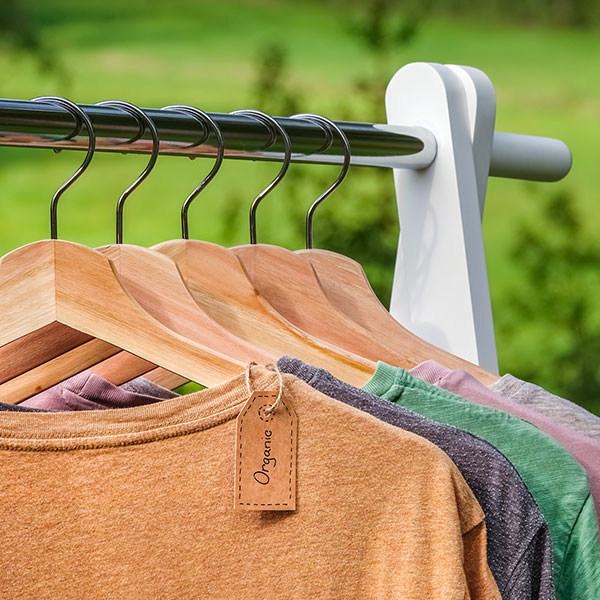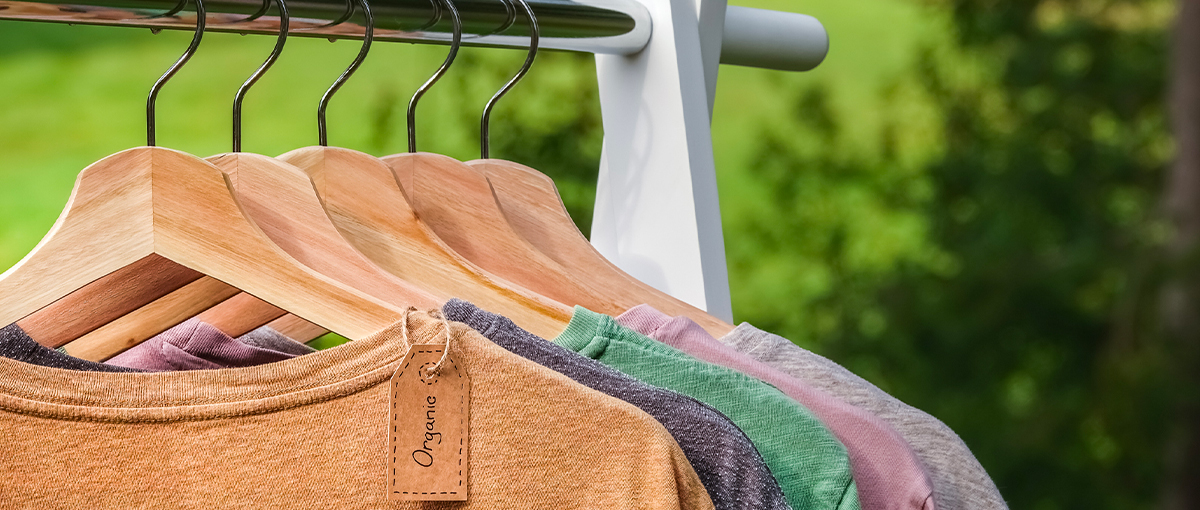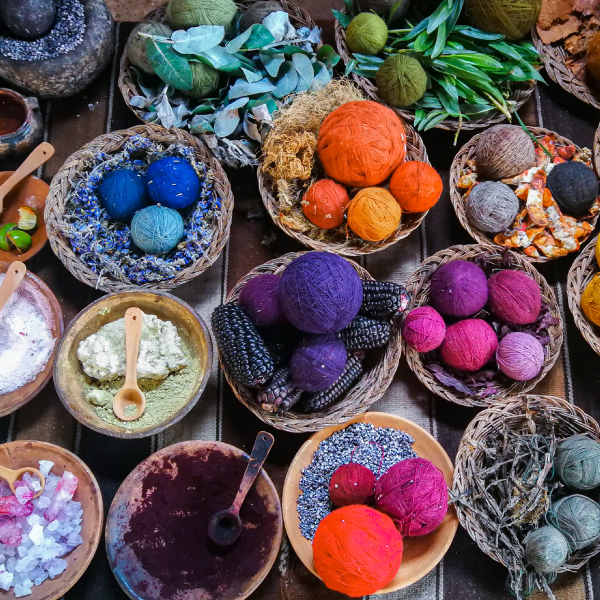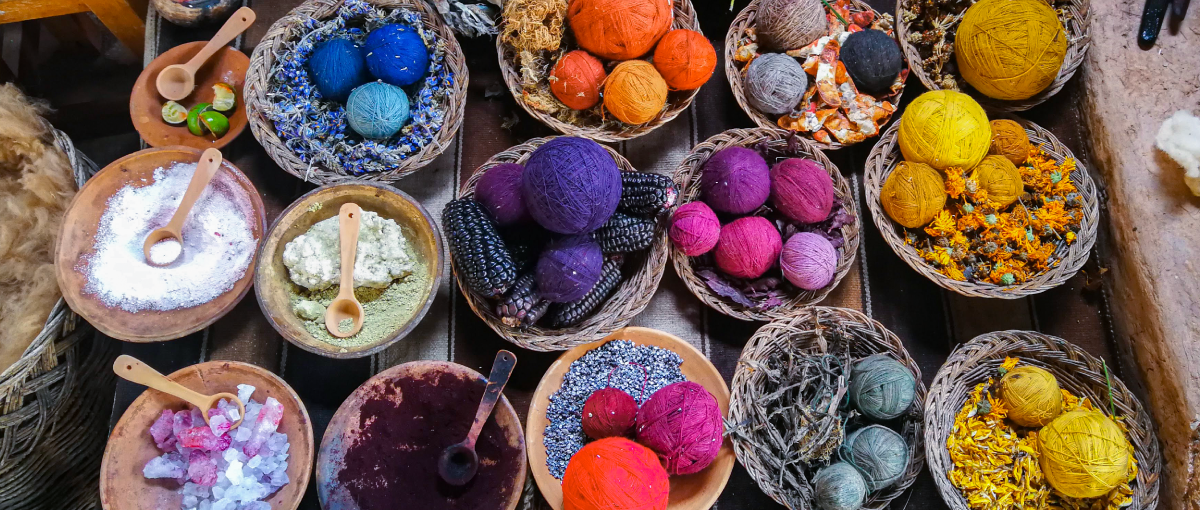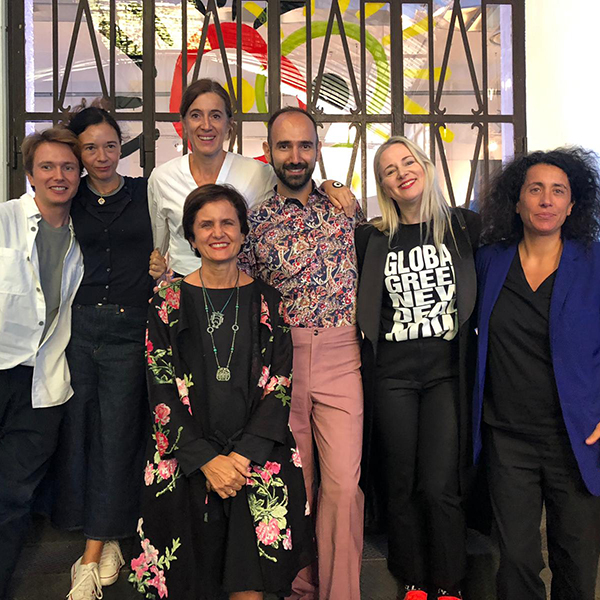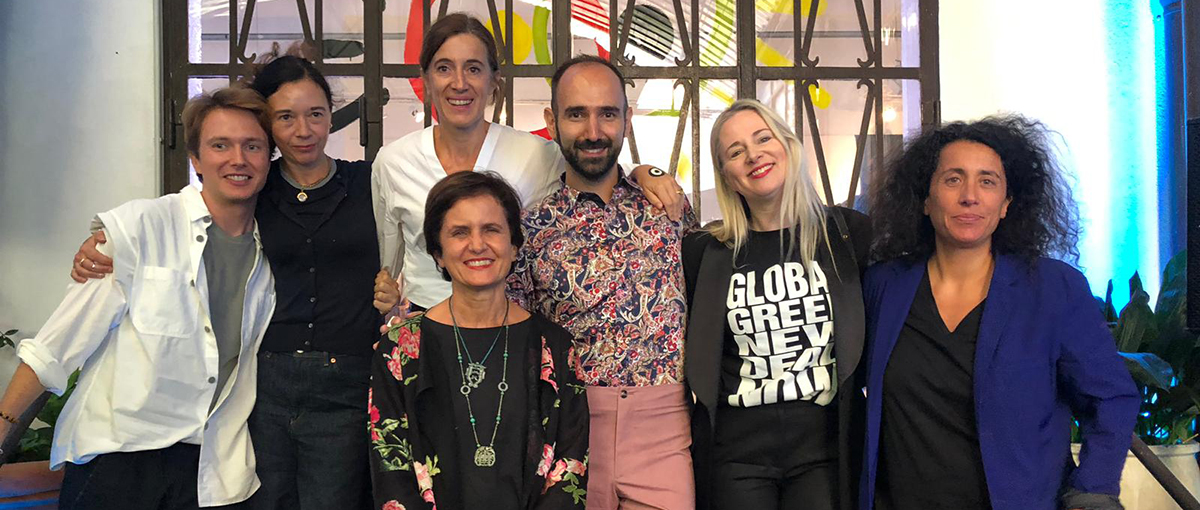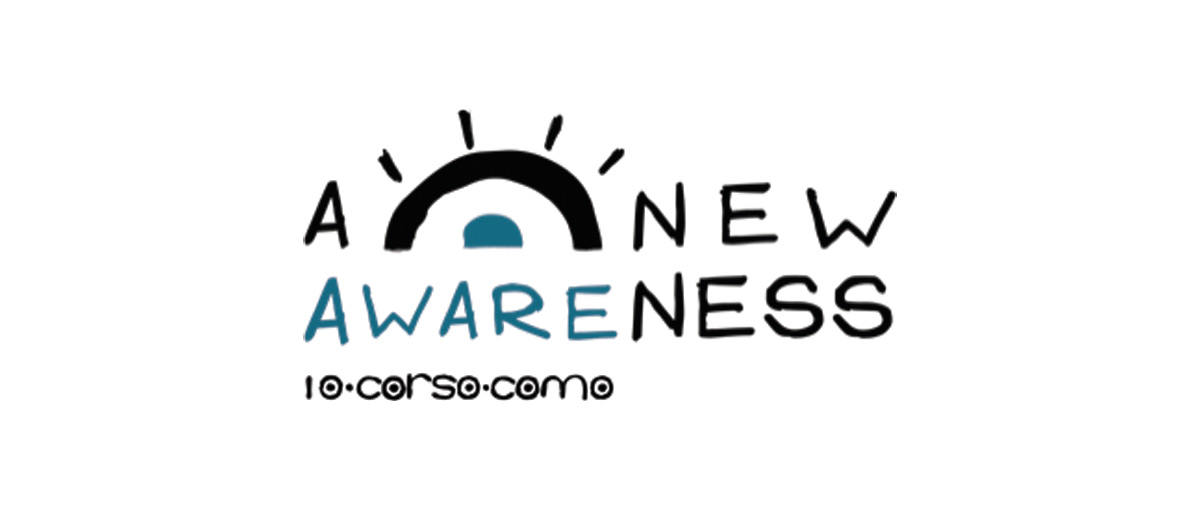An intelligent system that integrates social and environmental traceability of garments with gamification: P.E.A.S – Product Environmental Accountability System is an innovative project created thanks to the support of Regione Lombardia, theSchool of Management of Politecnico di Milano, the companies MOOD, 1TrueID and WWG, in collaboration with WRÅD
A new frontier in the field of communication for sustainability in the fashion and clothing sector, P.E.A.S. technology not only makes it easy for everyone to view information on the origin and impact of our clothes but, thanks to an algorithm, it is also able to tell us how much the initial environmental cost of what we wear is amortised over time thanks to our love and use – thus incentivising, with a game, its long-term use.
“Every second, the equivalent of a lorry load of clothes is either burnt or dumped. The social and environmental problems caused by the fashion industry stem from the fact that we have all been induced to emotionally disconnect ourselves from the clothes we buy” states Matteo Ward, CEO of WRÅD and initial creator of P.E.A.S. “For years we have all been reminded of the importance of loving our clothes and living in them for a long time in order to have a positive impact on the environment, but little, if anything, has changed – quite the contrary! This resulted in the need to create P.E.A.S., a smart game to counteract the overproduction and overconsumption of clothes in an innovative way”.
P.E.A.S. technology offers customers the chance to connect with their clothes through their smartphone, to interact with them and to monitor in real time how much of a concrete positive impact the way we wear them can have on their environmental footprint. To do this, P.E.A.S. develops and processes scientific data obtained, for this first pilot project, thanks to a Life Cycle Assessment, carried out by the Process Factory company, which calculated the environmental impact of all the production steps necessary to transform a tuft of cotton into a sweatshirt. An analysis of the production chain, tracked in a blockchain with reduced energy consumption, which therefore produced a snapshot of the environmental cost of the product with respect to 13 different areas of impact, from climate change to water consumption. P.E.A.S. uses and processes these to help us understand the real value of the sweatshirt and to inspire us to use it for a long time.
At each interaction with its users, P.E.A.S. recognises how long the sweatshirt has been used for, provides updates on the relative dilution of its environmental cost, rewards virtuous behaviour linked to its use and rewards, the most important of these being the radically revolutionary choice not to have abandoned it. On average, in the world, an item of clothing is thrown away once it has been used only 7 times. This consumption is excessive, and incompatible with any kind of contemporary sustainable development strategy. It must be countered.
This is the common goal that motivated this unique partnership between the Politecnico di Milano School of Management, the companies Mood, 1TrueID and WWG and WRÅD, united in their diversity of skills and functions by the desire to take the relationship between people and clothes to a new level of connection, for the good of society and the planet.
“The results of our scientific research on the causes of non-sustainability in the fashion and luxury system show that it is impossible to achieve long-term sustainability goals without the active contribution of all stakeholders. To think that the responsibility for change lies with one specific link in the fashion supply chain is wrong and is also potentially counterproductive. With P.E.A.S., for the first time we have made an attempt to bring together all the parties in the sector, from fashion brands to suppliers upstream in the chain, to the end customer. Only with a responsible and collaborative attitude will it be possible to change the pace and achieve ambitious results in a short time” (Alessandro Brun, Full Professor of Quality Management and Supply Management, Politecnico di Milano School of Management).
P.E.A.S. is a technology that aims to cater for both companies, with customisable designs and applications, and, in the future, the general public. “It can only be called innovation when it is sustainable and has a positive impact on people, communities and our environment” (Mohamed Deramchi, CEO and founder of WWG).
The project was supported by Regione Lombardia through the Fashiontech call for applications, a measure that supports research and development projects aimed at achieving innovation in the “Textiles, fashion and accessories” sector, according to the principle of sustainability, from an environmental, economic and social point of view.
